
When it comes to gardening and landscaping, one of the most crucial factors that can significantly impact the health and vitality of your plants is soil drainage. Proper soil drainage ensures that your garden plants receive the right amount of water, oxygen, and nutrients, allowing them to thrive and flourish. In this article, we will explore various methods to improve soil drainage and how to fix poorly - draining soil so that you can enjoy a vibrant and colorful garden.
### Understanding the Importance of Soil Drainage
Good soil drainage is essential for several reasons. Firstly, it prevents waterlogging, which can lead to root rot. When the soil is constantly saturated with water, the roots of plants cannot access oxygen, and they start to decay. This can ultimately kill the plants. Secondly, proper drainage helps in the efficient uptake of nutrients. Nutrients are carried through the soil by water, and if the water cannot move freely, the plants may not be able to absorb these essential elements.
### Assessing Your Soil Drainage
Before you can take steps to improve soil drainage, you need to assess the current state of your soil. One simple way to do this is by performing a percolation test. Dig a hole about 12 inches deep and 12 inches wide in the area where you plan to plant. Fill the hole with water and let it drain completely. Then, fill it with water again and time how long it takes for the water to drain. If it takes more than 24 hours for the water to drain, you have poorly - draining soil.
### Improving Soil Drainage
1. Amend the Soil with Organic Matter
Adding organic matter such as compost, well - rotted manure, or leaf mold to your soil can significantly improve its drainage. Organic matter helps to break up compacted soil, creating larger pore spaces for water to flow through. Spread a layer of organic matter about 2 - 3 inches thick over the soil surface and then till it into the top 6 - 8 inches of soil. This will not only improve drainage but also add nutrients to the soil.
2. Create Raised Beds
Raised beds are an excellent solution for areas with poor soil drainage. By elevating the planting area, water can drain more easily. You can build raised beds using wood, stone, or concrete blocks. Fill the raised beds with a well - draining soil mix that contains a combination of topsoil, compost, and sand. The height of the raised bed can vary depending on the severity of the drainage problem, but a height of 12 - 18 inches is usually sufficient.
3. Install Drainage Systems
In more severe cases of poor drainage, you may need to install a drainage system. French drains are a popular choice. To install a French drain, dig a trench about 18 - 24 inches deep and 12 inches wide. Line the trench with a geotextile fabric to prevent soil from clogging the drain. Then, fill the trench with gravel and place a perforated pipe in the center. Cover the pipe with more gravel and then the geotextile fabric. Finally, backfill the trench with soil.
### Fixing Poorly - Draining Soil
If you have soil that doesn't drain well, you can still grow beautiful flowers. One option is to choose plants that are tolerant of wet conditions. Some examples of such plants include astilbe, ligularia, and Japanese iris. These plants have adapted to grow in moist soil and can thrive even in areas with poor drainage.
Another approach is to create micro - environments within your garden. You can build small mounds or hummocks in the area with poor drainage. Plant your flowers on top of these mounds, where the soil will drain more quickly. This way, you can still enjoy a colorful garden despite the challenging soil conditions.
In conclusion, mastering soil drainage is a key aspect of successful gardening and landscaping. By understanding the importance of drainage, assessing your soil, and implementing the right strategies to improve it, you can create a garden that is not only beautiful but also healthy and sustainable. Whether you choose to amend the soil, create raised beds, install drainage systems, or select the right plants, there are many ways to overcome the challenges of poor soil drainage and enjoy a thriving garden full of colorful flowers.
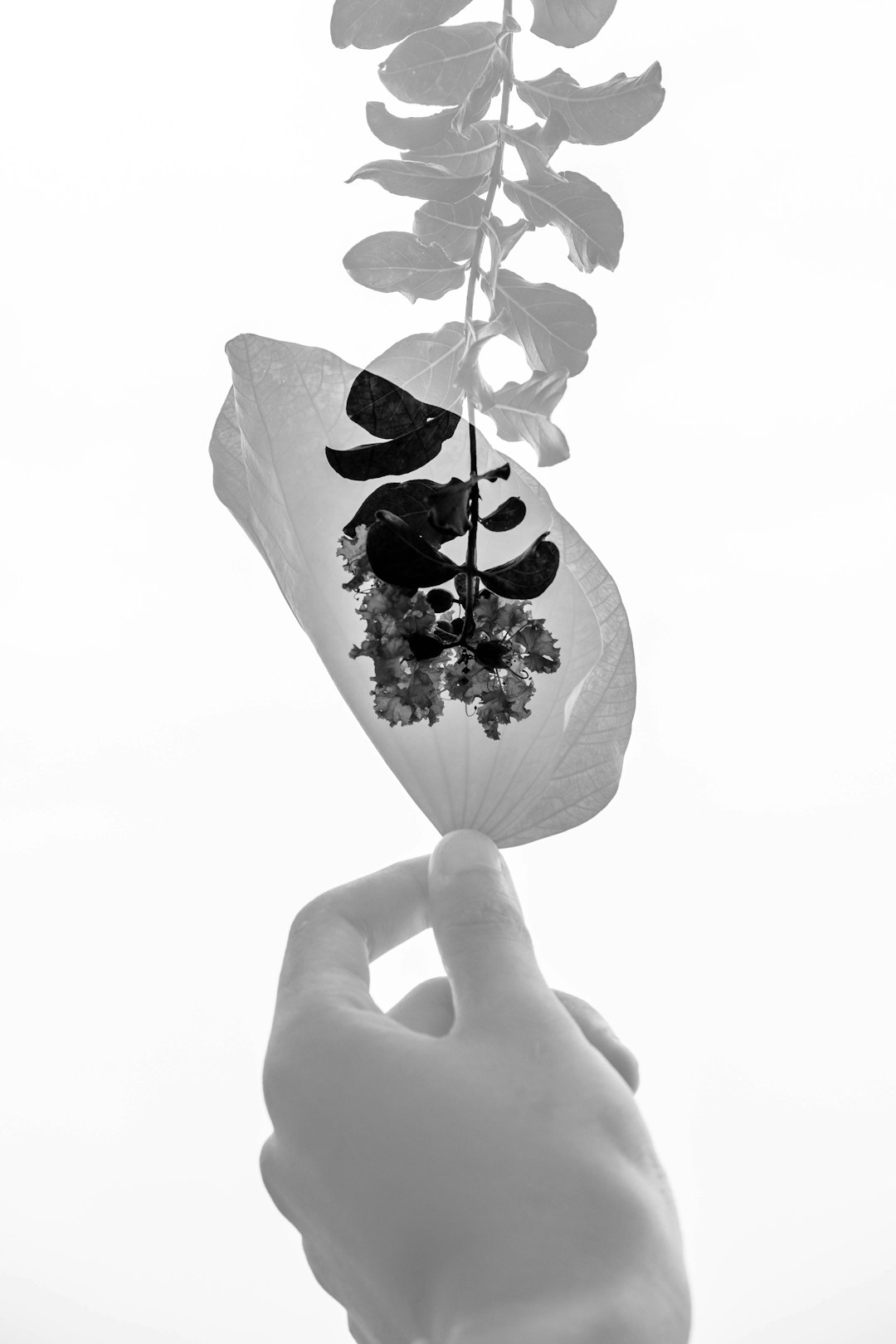
The Secret to Squirrel - Free Potted Plants
The Secret to Squirrel - Free Potted Plants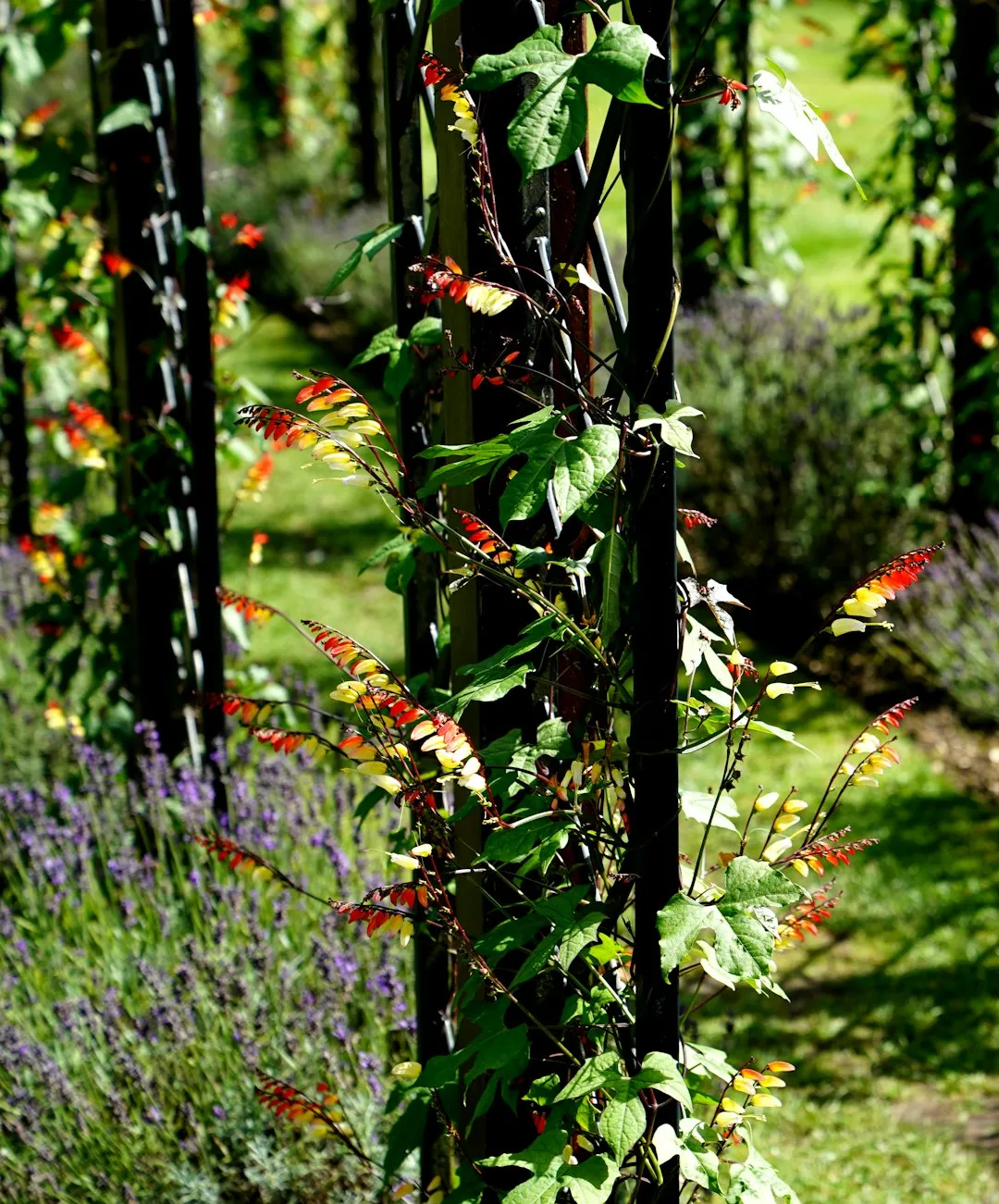
Sweet Rewards: Cultivating Berries in Containers
Sweet Rewards: Cultivating Berries in Containers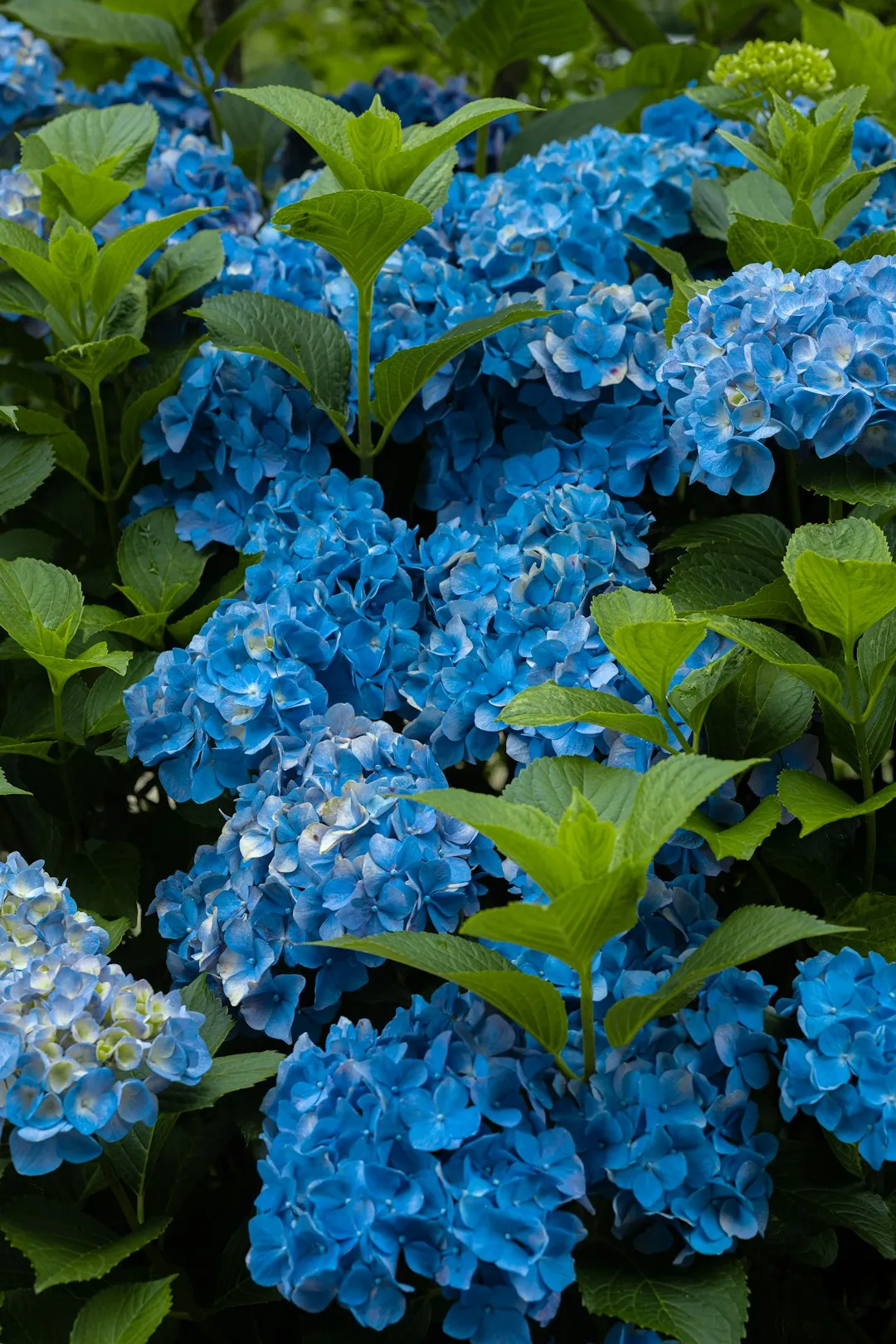
Unveiling the Secrets of a Stunning Lawn
Unveiling the Secrets of a Stunning Lawn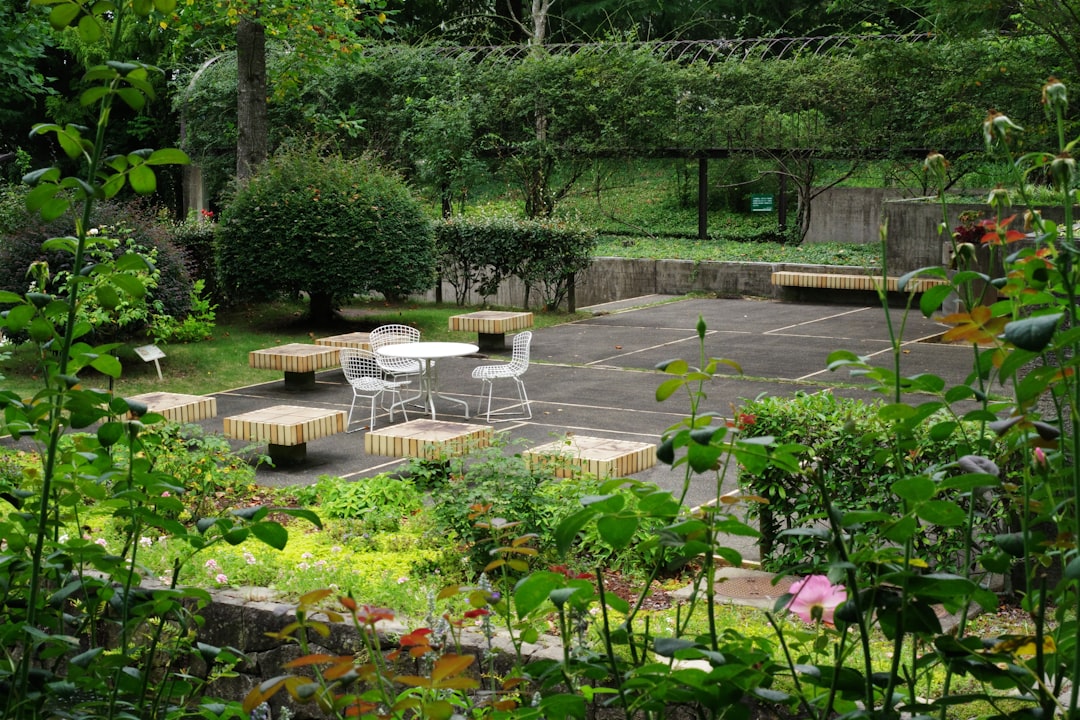
Fall Lawn Maintenance: The Key to a Healthy Yard in Winter
Fall Lawn Maintenance: The Key to a Healthy Yard in Winter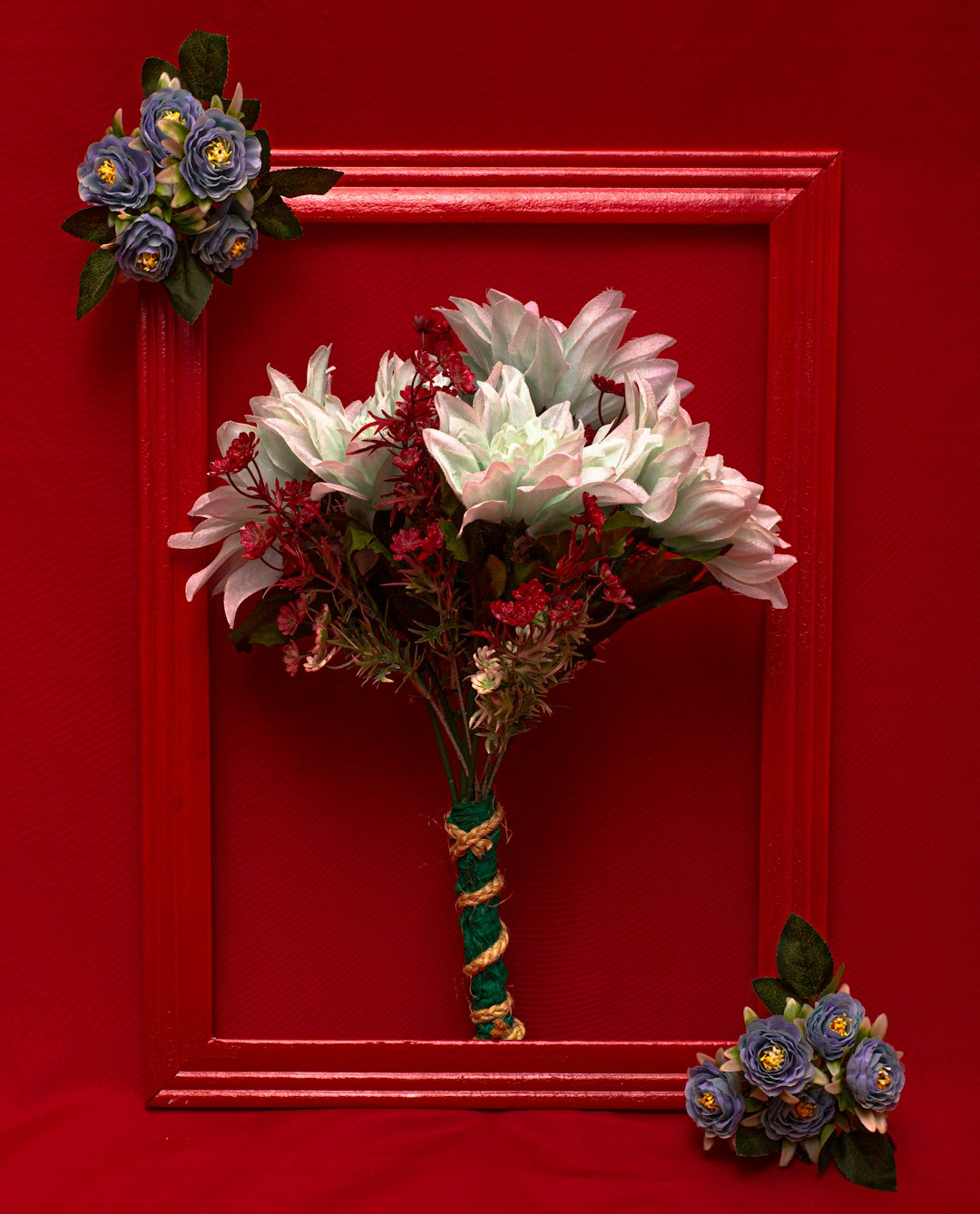
The Secret to Soil Amendment Without Uprooting Your Plants
The Secret to Soil Amendment Without Uprooting Your Plants
Unleash Your Garden's Potential: The Art of Seed Collection
Unleash Your Garden's Potential: The Art of Seed Collection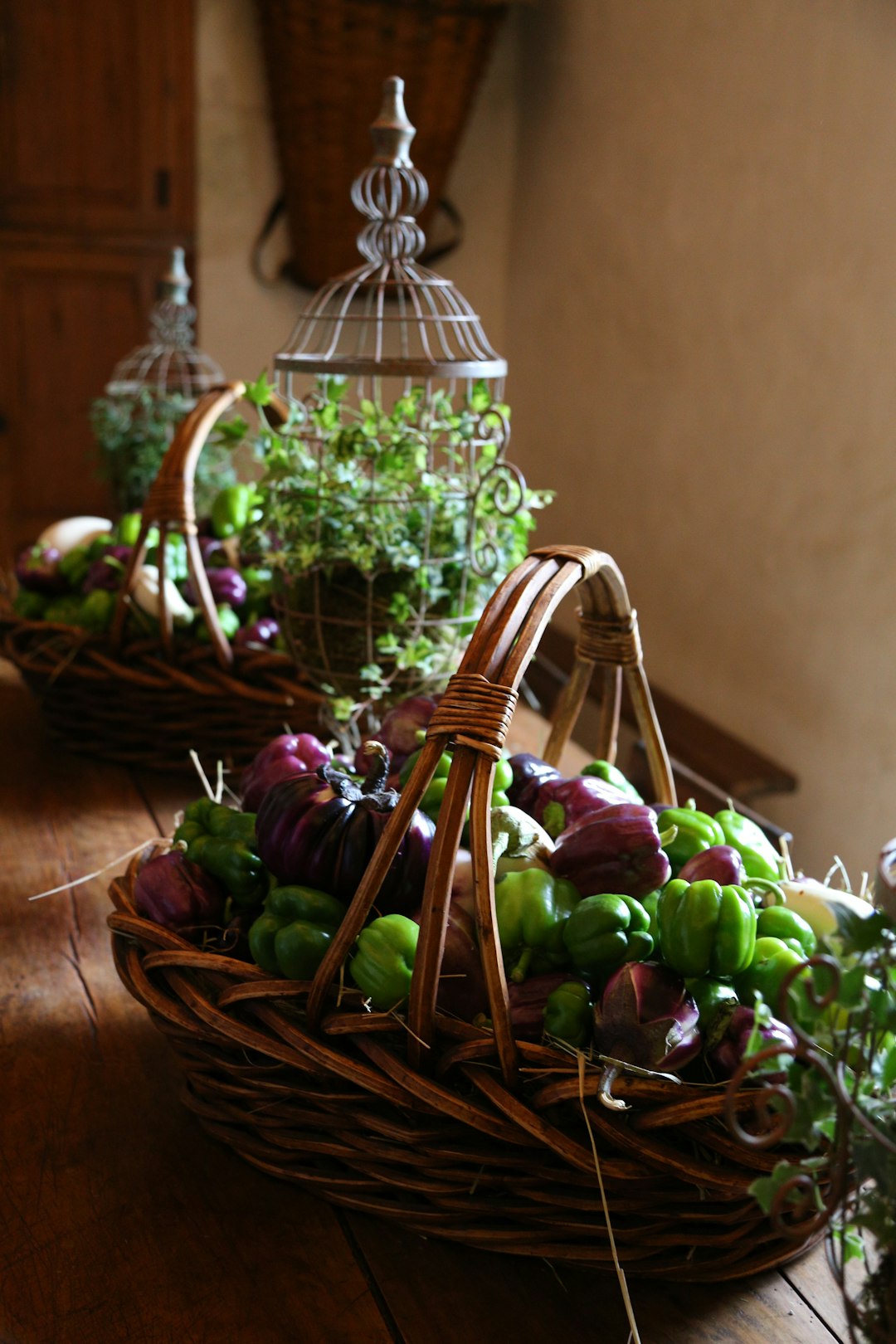
Pre - Summer Yard Care Essentials
Pre - Summer Yard Care Essentials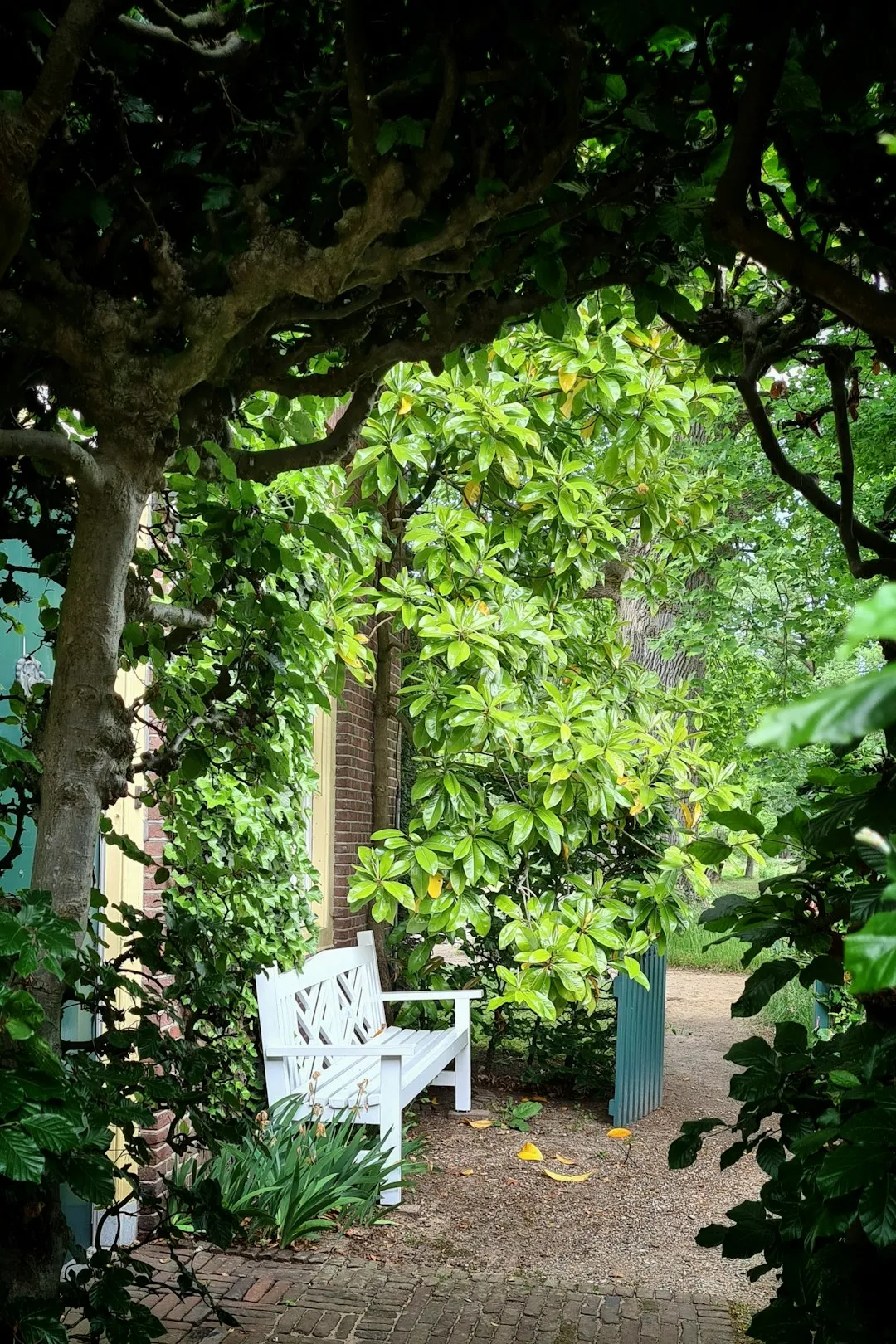
Weathering the Storm: Nurturing Your Garden in Extreme Conditions
Weathering the Storm: Nurturing Your Garden in Extreme Conditions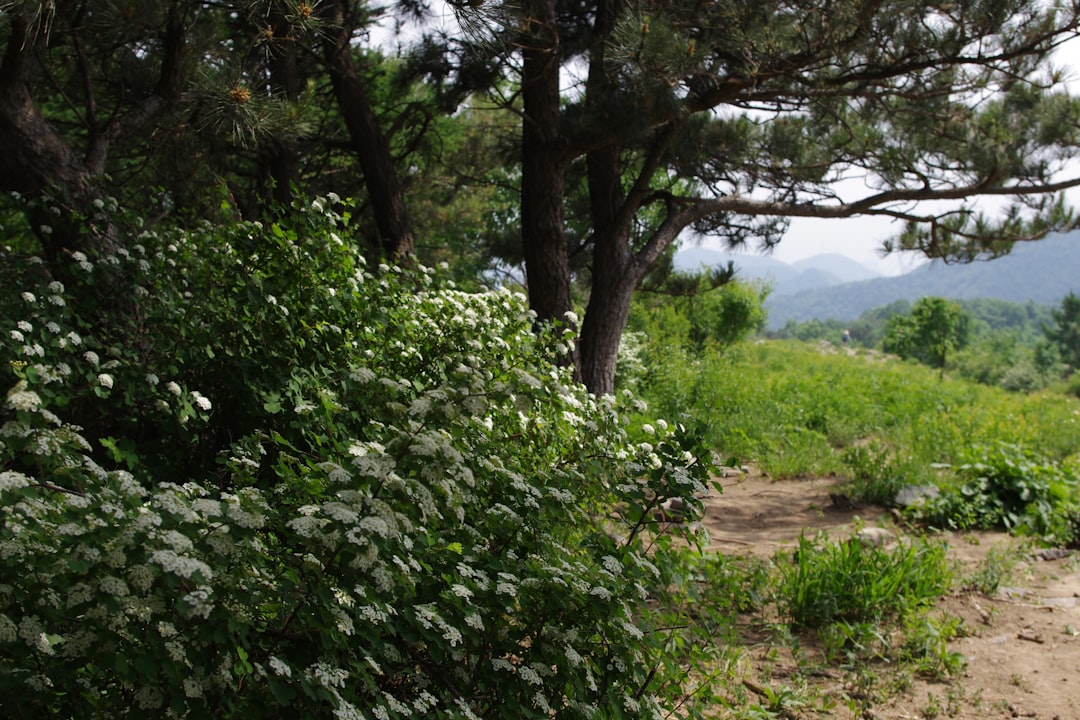
Summer Pruning: The 10 Flowering Plants to Leave Alone
Summer Pruning: The 10 Flowering Plants to Leave Alone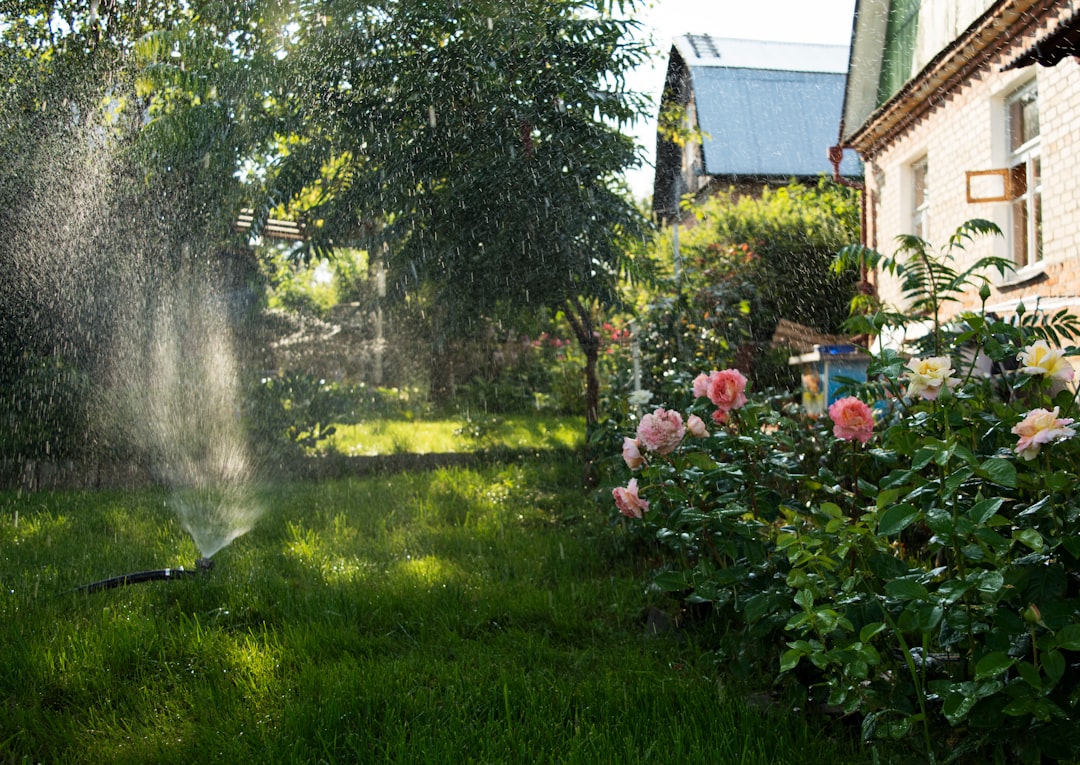
Unveiling the Hidden Gems of Perennial Gardening
Unveiling the Hidden Gems of Perennial Gardening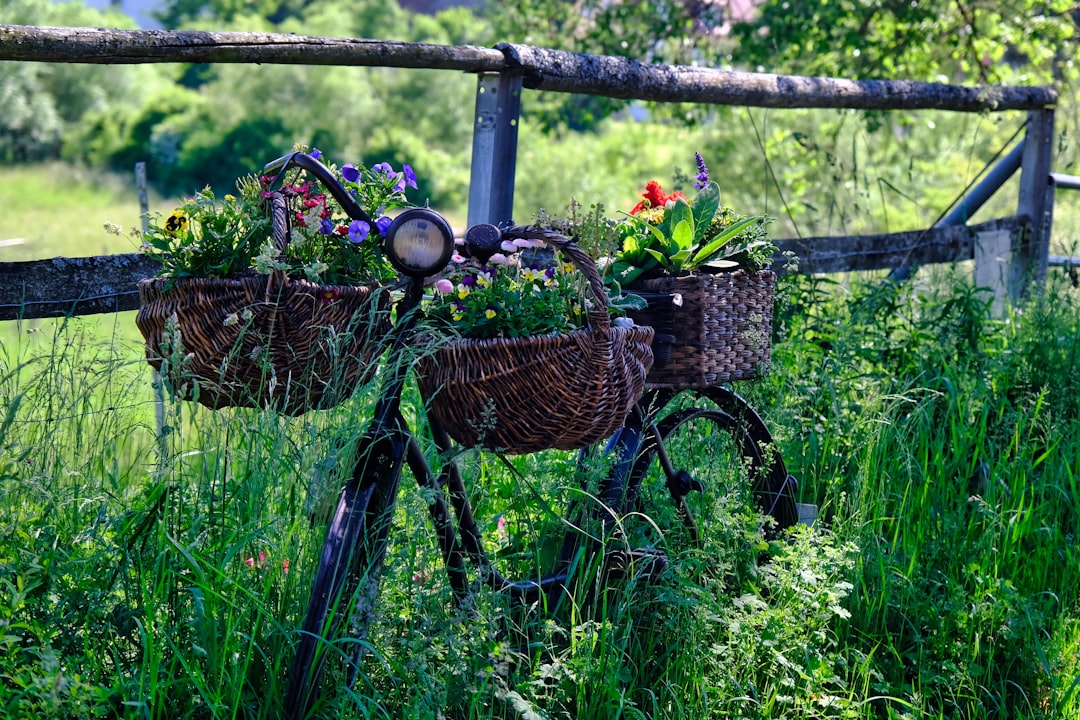
Unleashing the Beauty of Perennial Black - Eyed Susans in Your Garden
Unleashing the Beauty of Perennial Black - Eyed Susans in Your Garden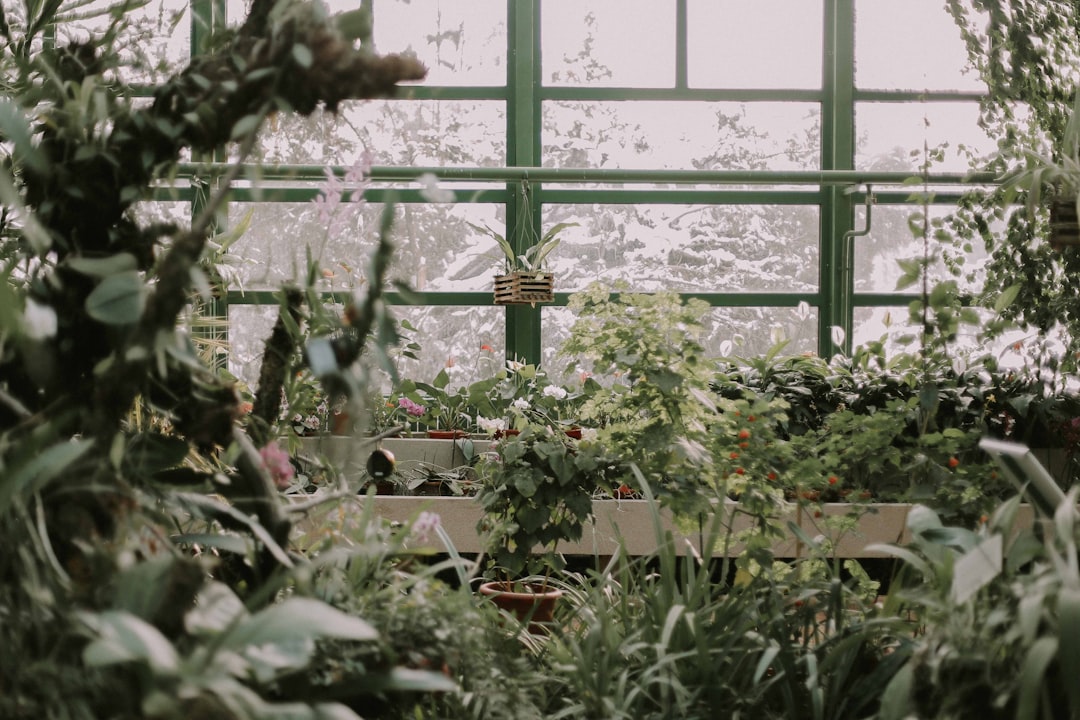
Unveiling the Secrets of Trillium Growth
Unveiling the Secrets of Trillium Growth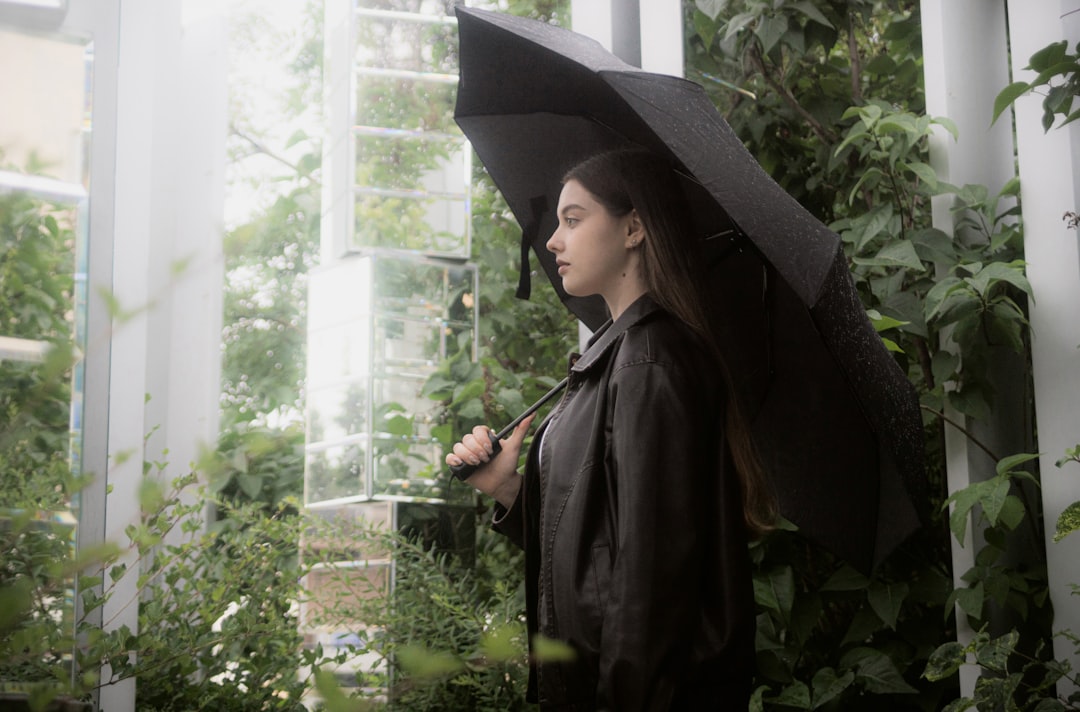
The All - Season Charm of Sedum Plants
The All - Season Charm of Sedum Plants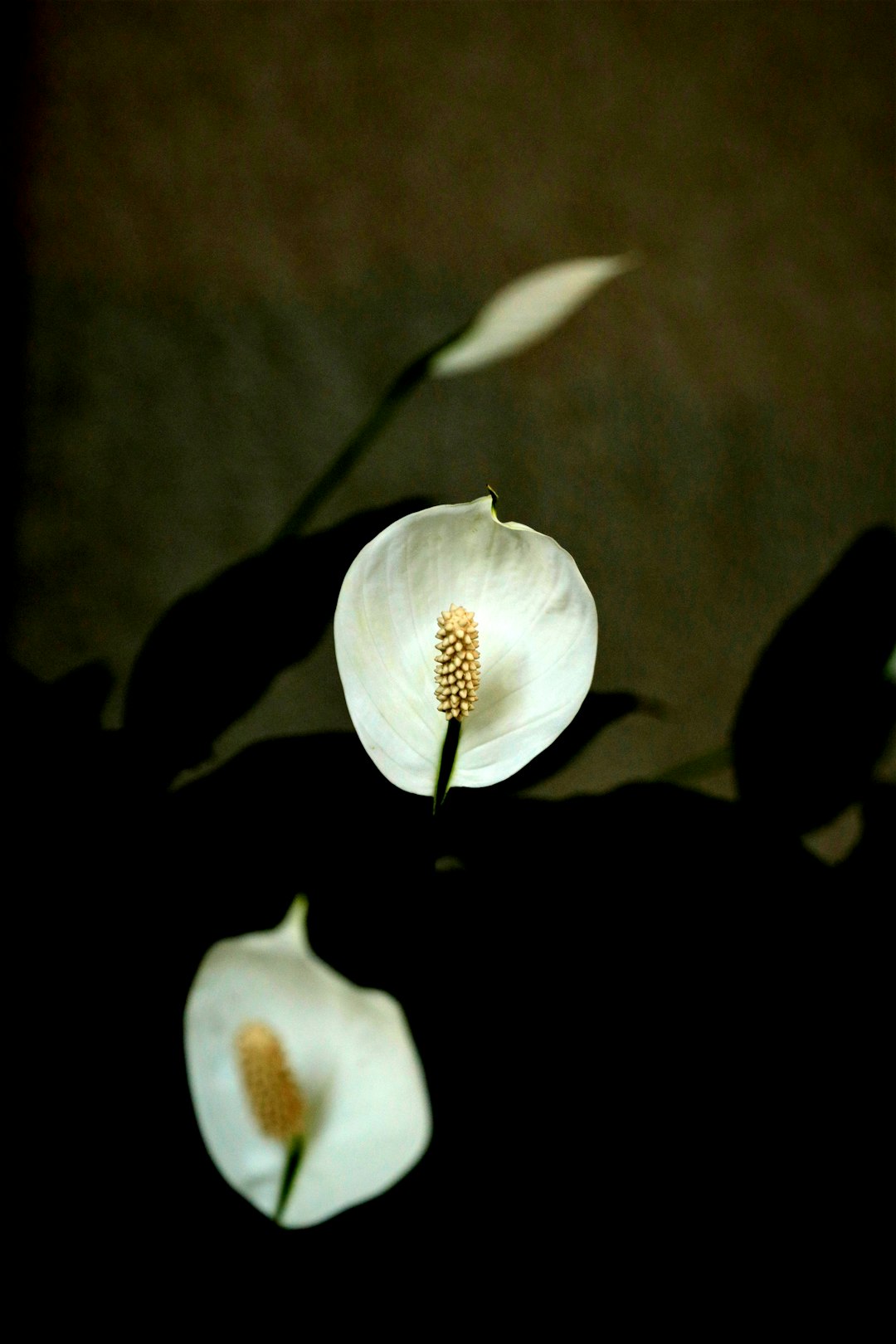
Banishing Snakes from Your Yard: Simple Solutions
Banishing Snakes from Your Yard: Simple Solutions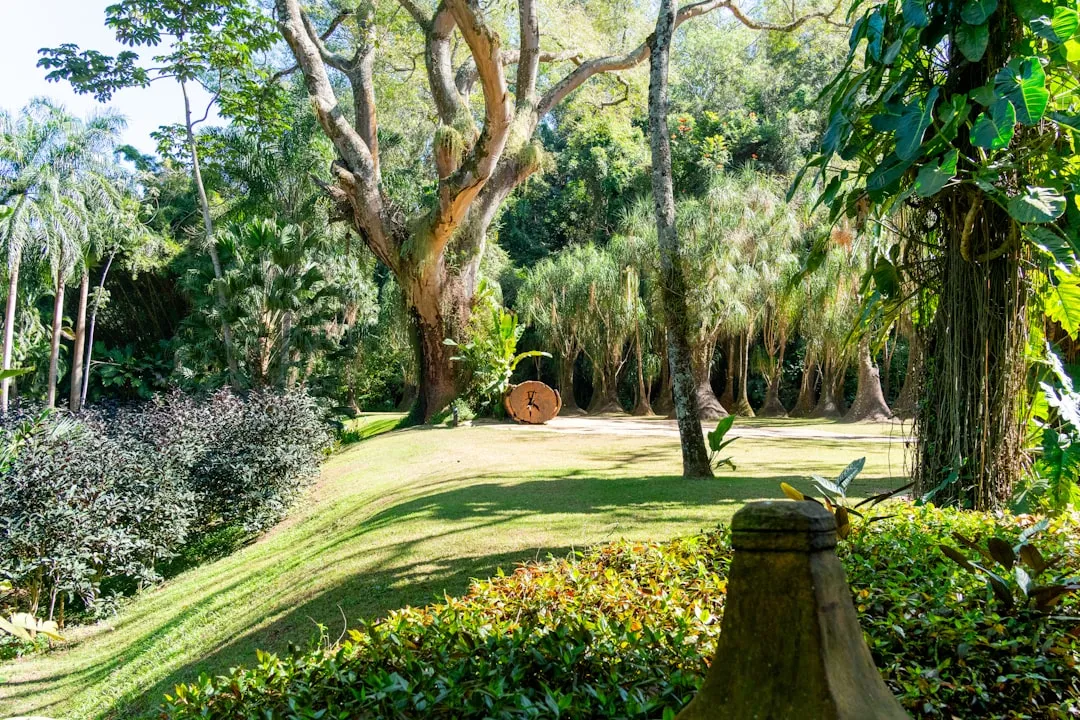
Secrets to a Bug - Free Garden: Conquering Squash Bugs Naturally
Secrets to a Bug - Free Garden: Conquering Squash Bugs Naturally
Transform Your Yard: Banish Crabgrass for Good
Transform Your Yard: Banish Crabgrass for Good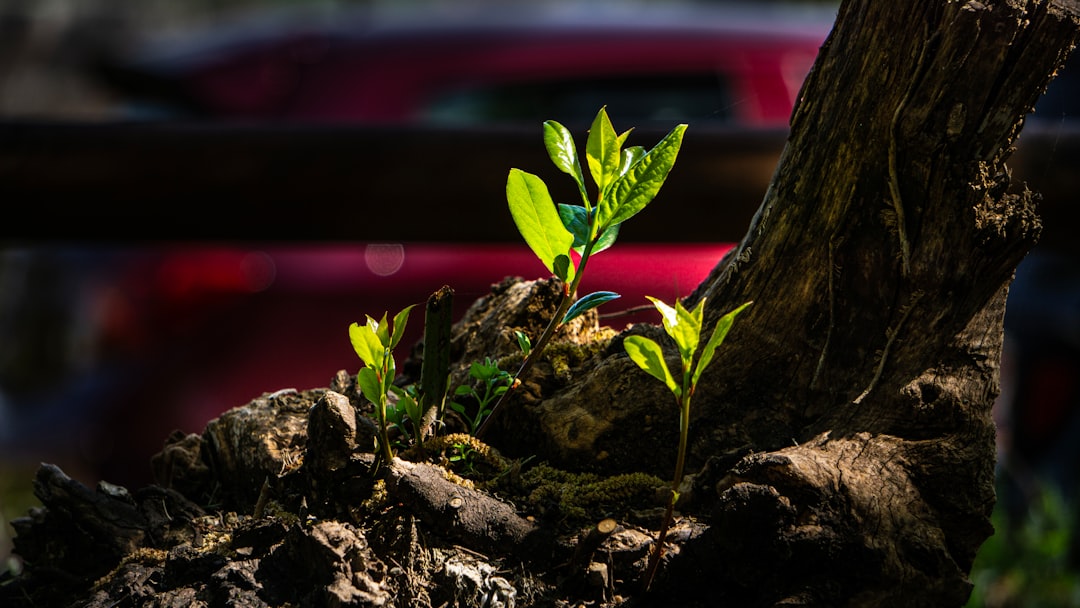
Unveiling the Wonders of a Low - Sun Garden
Unveiling the Wonders of a Low - Sun Garden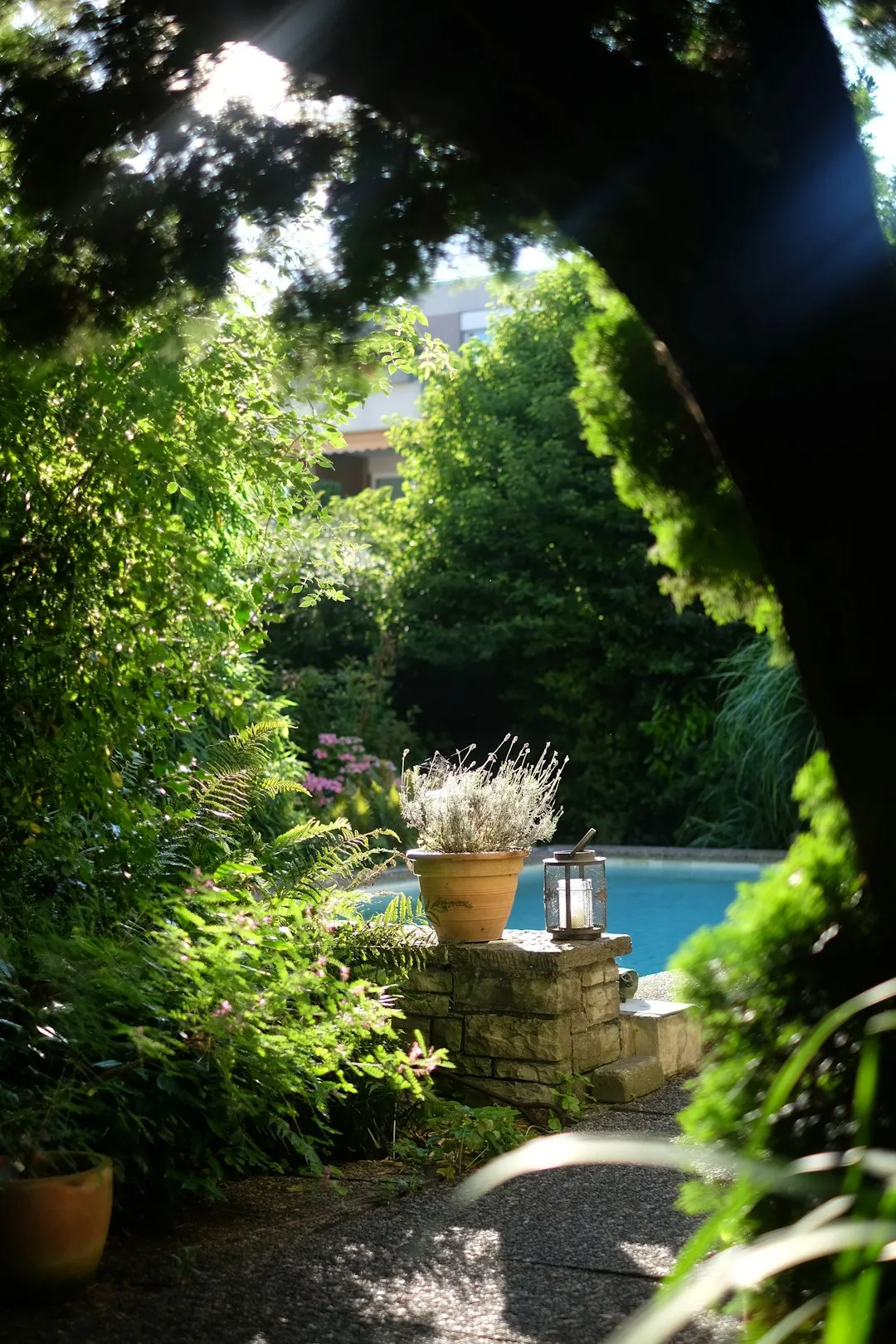
Unleash Your Garden's Potential: The Magic of Lasagna Gardening
Unleash Your Garden's Potential: The Magic of Lasagna Gardening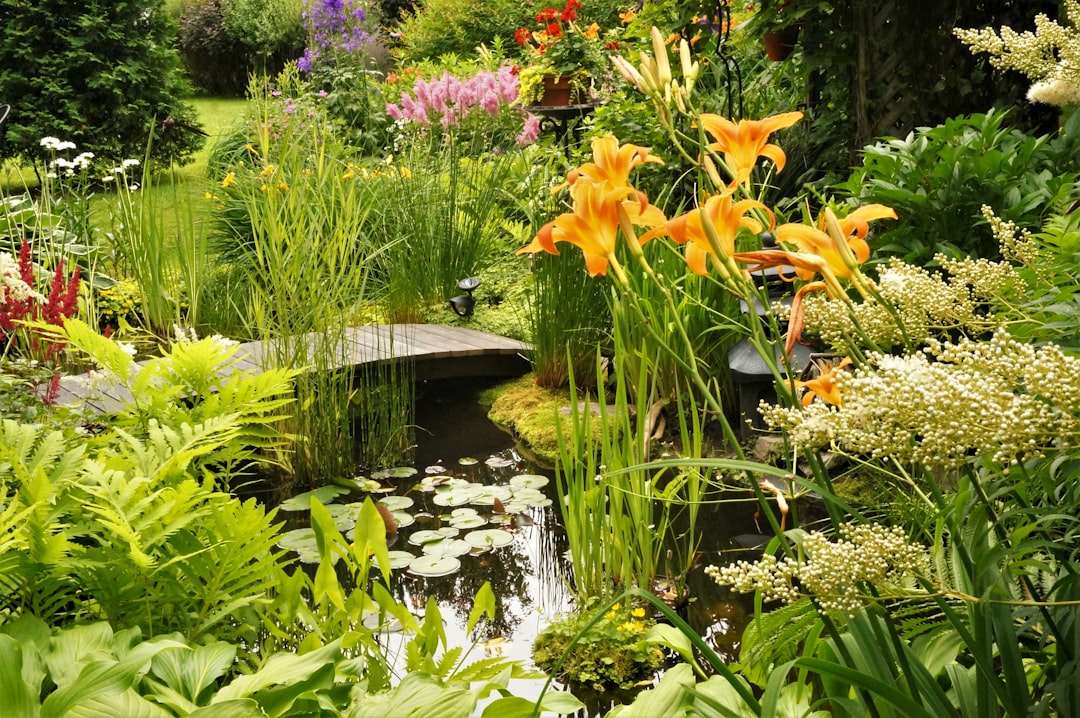
Unveiling the Mysteries of Lunar Gardening
Unveiling the Mysteries of Lunar Gardening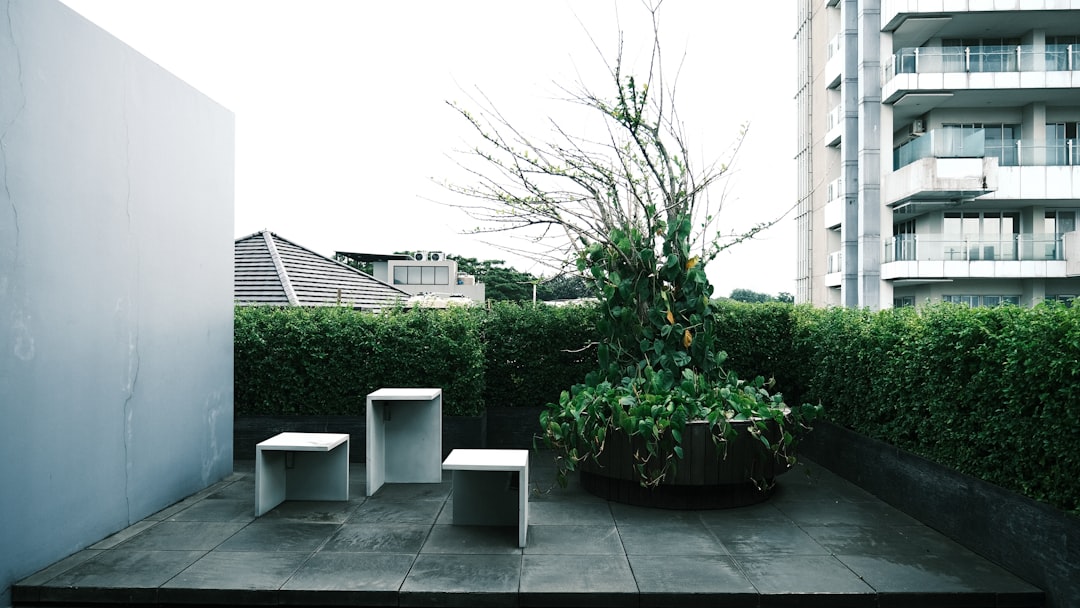
Unleash Your Inner Herbalist: A Guide to Indoor Herb Gardening
Unleash Your Inner Herbalist: A Guide to Indoor Herb Gardening